Before Harrison Ford dusts off his fedora and rethreads his trusty bullwhip for Indiana Jones and the Dial of Destiny, we’re looking back at the film that launched one of the most iconic action adventure franchises in Hollywood history, Raiders of the Lost Ark. The brainchild of George Lucas and his close friend, Steven Spielberg. Their collective vision for Dr. Henry Walton “Indiana” Jones Jr. evolved from their love of old adventure serials. They saw Indy as an American equivalent of James Bond, an explorer who uncovers artifacts and punches Nazis instead of fighting for his queen and country and sleeping with the enemy.
After Ford’s scruffy-looking Nerf Herder from Star Wars, Han Solo, became frozen in carbonite at the end of The Empire Strikes Back, the actor began searching for a project to boost his rising star to new heights. Fortuitously, Lucas had been toiling with ideas to introduce audiences to a rough-and-tumble archaeologist since 1973. With the help of a few friends, Lucas and his team were finally ready to crack the whip on Indy’s introduction.
Lucas began focusing on Indy’s first adventure after wrapping up the coming-of-age comedic drama American Graffiti. Inspired by serial dramas like Buck Rogers, Zorro’s Fighting Legion, Don Winslow in the Army, and the 12-episode Fawcett Comics adaptation Spy Smasher, Lucas longed to thrust a lion-hearted hero into danger and mystery like the champions of his youth. When he failed to obtain the Flash Gordon rights for an interstellar adaptation, he put the idea for Indy on the back burner and blasted off to a galaxy far, far away for Star Wars: A New Hope.
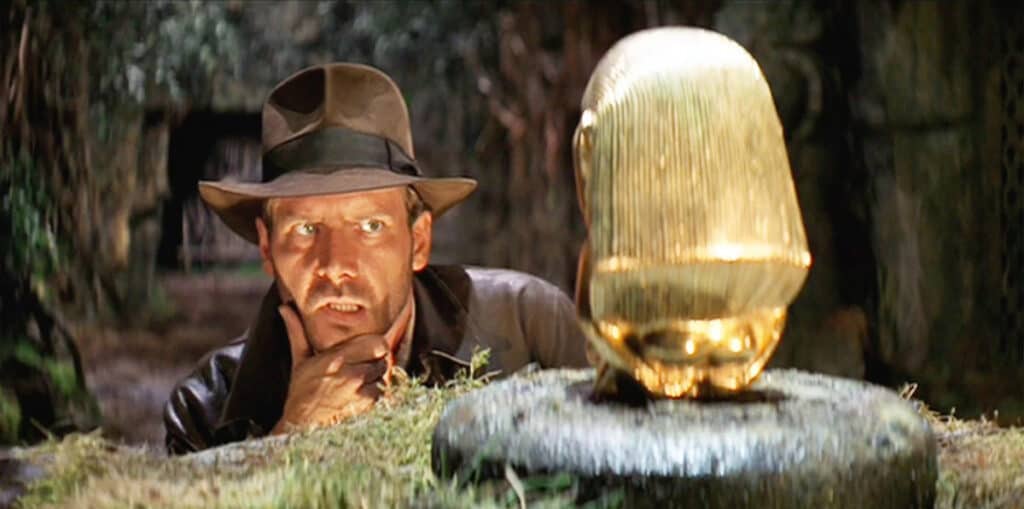
By the time 1975 came around, Lucas was ready to share his idea with Phillip Kaufman, a fellow director and screenwriter. Initially, Lucas named the concept The Adventures of Indiana Smith for his Alaskan Malamute dog. The duo began exploring the character, tooling with his background and thirst for knowledge and globe-trotting escapades. After working on the story for two weeks, the pair made several changes to the original concept.
While they kept Lucas’ idea for Indy to appear as a dreamy college professor who moonlights as an acquirer of ancient artifacts, Indy’s original image was more playboy than a pioneer. Lucas pictured Indy as a nightclub patron who posed as a thirst trap for women on the dancefloor. However, Kaufman didn’t see Indy as the club rat type when he wasn’t triggering traps or absconding with priceless idols. After racking his brain for an object that would capture the imaginations of millions for Indy to pursue, he suggested the Ark of the Covenant, a sacred chest said to contain the tablets of the Ten Commandments after Moses brought them down from Mount Sinai.
Beyond serving as a vault for the tablets, the Ark of the Covenant is one of the most priceless artifacts in any religious culture. In Raiders of the Lost Ark, the contents of the mythical chest could grant any army unfathomable power. This feature makes the Ark a formidable weapon for flag flyers and tyrants alike, capable of turning any military force into orchestrators of oblivion. Kaufman imagined this power in the hands of someone like Adolf Hitler, bringing the concept of Raiders of the Lost Ark one step closer to becoming a reality.
Seeing his friend’s passion for the project, Lucas wanted Kaufman to direct his Indy picture, but Kaufman’s work on the Western project The Outlaw Josey Wales took precedence. Feeling trapped between a rolling boulder and a hard place, Lucas tabled the Indy project to focus on his generation-defining Star Wars.
In 1977, while vacationing in Hawaii on a beach near Mauna Kea, Lucas invited Steven Spielberg to meet him and discuss upcoming collaborations. Spielberg wanted to go behind enemy lines for a Bond movie, but Lucas pitched him The Adventures of Indiana Smith. Several months later, Spielberg accepted the gig, with more changes to the story and character soon to come.
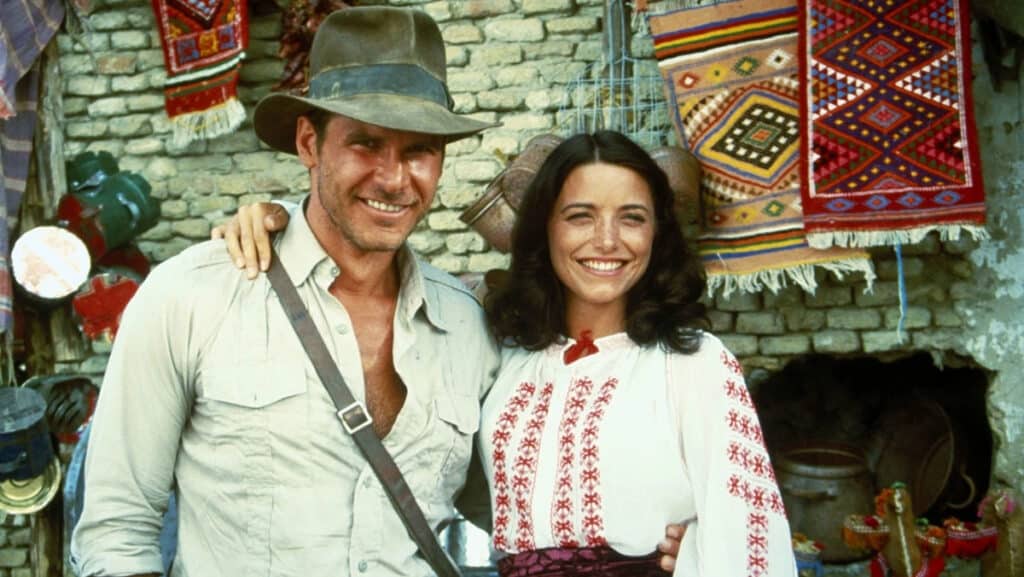
One of Spielberg’s first orders of business was to hire Lawrence Kasdan to write the script. Kasdan was as green as they come when he signed on the write Raiders of the Lost Ark, but Spielberg vouched for him, and Lucas enjoyed his script for Continental Divide, the 1981 romantic comedy starring John Belushi, Blair Brown, and Allen Garfield.
Writing sessions for Raiders of the Lost Ark were intense. According to several reports, Lucas, Spielberg, and Kasdan took five consecutive nine-hour days to pen Indy’s inaugural odyssey. With tempers flaring, excitement in the air, and the fundamental principles of a legendary character to craft, the trio shouted, bargained, and brought out the best in Lucas’ lead for a serial-style superstar.
All three creatives had different visions for Indiana’s identity and talents. Before ironing out the kinks, Lucas envisioned Indy as a martial arts-wielding womanizer. Meanwhile, Spielberg thought a gambling problem and alcoholism would complicate Indy’s background. However, Lucas wanted Indy to command respect and be a role model for young viewers. Kasdan had his work cut out for him. How do you combine Lucas and Spielberg’s ideas and still make Indy a charismatic figure and hero you’d follow headlong into certain doom?
Kasdan initially wrote Indy as an archaeologist who doubled as a grave robber, selling memorabilia and trinkets to help fund his addictions. However, Kasdan ditched the sleazy tomb raider angle after realizing it would be challenging to explain Indy’s travel expenses and access to remote locations around the globe. Clearly, Indy needed to be more upstanding than initially planned. After trimming potential action sequences, adding a romance plot between Indiana and a well-connected woman named Marion Ravenwood (played by Karen Allen in the final version of the film), and introducing Indy’s French archaeologist rival René Emile Belloq (played by English actor Paul Freeman), Kasdan completed the screenplay.
As challenging as it was for Lucas, Spielberg, and Kasdan to find common ground, the difficult task of bringing Raiders of the Lost Ark to screens was only beginning. With a screenplay locked and loaded, the project needed a studio to foot the bill for Indy’s excursion into the unknown. Lucasfilm shopped the package to several studios, but no one wanted to commit. Hesitation to partner with Lucas came from the filmmaker’s demands. Lucas wanted the studio to pay for the movie outright. He also wanted total creative control of the film and the licensing rights to any sequels. These stipulations raised a red flag for potential participants, given that Spielberg had a reputation for going over schedule and over budget.
Lucas would only make the movie with Spielberg in the director’s chair and kept searching for a studio that would meet his demands. After knocking on a few doors, Micheal Eisner of Paramount Pictures met with Lucas, and the pair arranged a compromise that satisfied both parties. After producer Frank Marshall joined the project to oversee scheduling and budget, core production and design team members assembled. Cinematographer Douglas Slocombe and production designer Norman Reynolds eagerly signed on, alongside Michael Kahn as the film’s editor.
Pre-production for Raiders of the Lost Ark was swift. The schedule could have afforded the team more wiggle room, and Spielberg wanted to complete the process ahead of the agreed-upon deadline. With concept art steadily coming to life and more extensive set pieces built to scale, the time to cast the film’s intrepid hero had arrived.
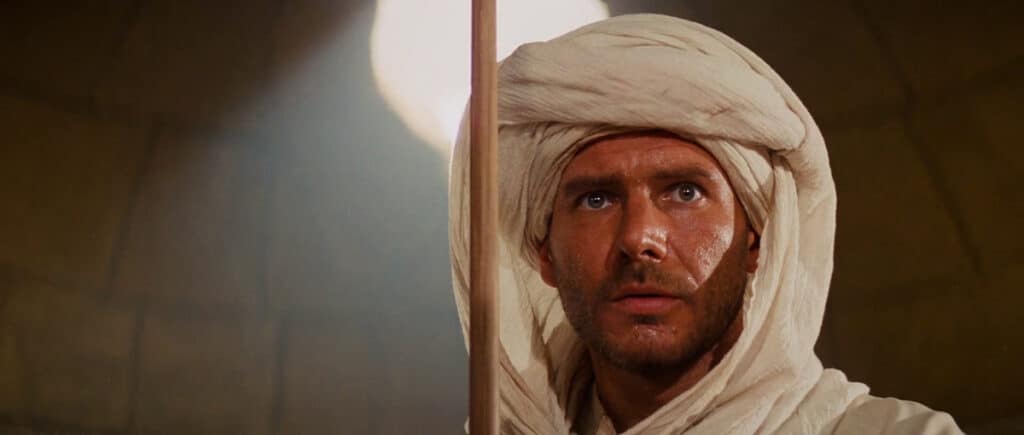
Lucas wanted an unknown actor to play Indy. However, the pre-conceived plan to turn the exploits of Indiana Jones into a franchise meant whoever signed on needed to agree to a multi-film contract. This detail narrowed the pool, though it always encouraged the team to consider a wealth of budding talent. Saturday Night Live alums Bill Murray, Steve Martin, and Chevy Chase were considered, in addition to actors like Tim Matheson, Jack Nicholson, Nick Nolte, Jeff Bridges, Sam Elliot, John Shea, Nick Mancuso, Peter Coyote, and Harry Hamlin. Conversations about these actors leading the franchise lasted briefly, especially after Tom Selleck became a possibility.
Lucas’ wife, Marcia Lucas, was a fan of Selleck’s work and thought he’d be perfect for the part. However, Selleck’s obligations to the CBS drama Magnum P.I. made participating impossible. The search continued with Selleck and his signature mustache out of the running. Spielberg then decided to throw Ford’s name into the ring, despite him being a well-known actor. Ford was jazzed about the project but would not accept the gig lightly. Ford negotiated a seven-figure salary, a percentage of the gross profits, and the option to rewrite dialogue if an aspect of the character didn’t gel with his interpretation. After signing a three-film contract, Ford started hitting the gym, transforming into a dashing hunk you’d find on the cover of a steamy bodice-ripper novel.
After Ford joined the project three weeks before principal production began, the film needed a female lead to play Marion Ravenwood, a tough-as-nails woman of her word to match Indy’s charisma, bravery, and bold sense of adventure. Marion and Indy’s on-again-off-again courtship is the stuff of legend, and the search for an actress to play the part was difficult to manage. At the start, Lucas wanted Debra Winger to play the role, but she refused. Spielberg proposed the part to his girlfriend, Amy Irving, but her schedule kept her from participating. Sean Young played Marion during the screen tests. However, the role ultimately went to Karen Allen, whose role in National Lampoon’s Animal House helped make her an obvious choice.
Another fascinating casting story for Raiders of the Lost Ark involves Sallah, a well-connected family man known as the “best digger in Egypt.” Danny DeVito considered the role, but his schedule for the ensemble comedy series Taxi kept him from joining the cast. Thankfully, Welsh actor John Rhys-Davies was game to aid Indy in his quest for the elusive artifact. The core Raiders cast was ready to make cinematic history with Paul Freeman playing the snide villain Belloq, Ronald Lacey as the Nazi interrogator Toht, and Alfred Molina leaping to the silver screen as Satipo.
With a tight schedule to keep and a budget to maintain, Spielberg chose his filming locations carefully. Principal photography for Raiders happened on site in La Rochelle in France, Tunisia in North Africa, Hawaii, and Elstree Studios, England, where experienced artists and technicians who worked on Star Wars were eager to contribute to another epic for Lucas and his team. Filming for Raiders climbed to $100,000 daily, plus crew salaries and extraneous equipment expenditures. Due to the high dollar amount, Spielberg reduced the takes for each scene. Thankfully, everyone working on the film understood the assignment, following every instruction to the letter so Spielberg could have his pick from the prudent pile of material.
Unfortunately, all the careful planning could not keep the famous Well of Souls scene from derailing the meticulous timeline. The scene required more snakes. However, there wasn’t enough anti-venom on the set, and Stanley Kubrick’s daughter, Vivian, outed the production by calling the RSPCA. In addition to pointing out the meager supply of medicinal materials, Vivian told the Royal Society for the Prevention of Cruelty to Animals that cast and crew members had crushed snakes beneath their feet while traversing the set. Production on the film shut down for a full day before Spielberg could rearrange the location for the forked-tongued co-stars.
While Ford embraced the 6,000 tangles of writhing knots, Karen Allen remained unimpressed. Allen’s wardrobe required her to wear a white evening dress, offering little protection from pythons that latch on when they strike. After a few close calls, the scene’s animal handler, Steve Edge, shaved his legs, slipped into the dress, and finished Allen’s footage. There’s even a story about Spielberg throwing tarantulas and snakes at Allen’s head to capture genuine screams from the actress. The experience scarred Allen, causing her to become suspicious each time Spielberg wasn’t in plain sight.
It’s a fact that Allen hated aspects of working on Raiders of the Lost Ark. As if the experience with the snakes wasn’t enough, Allen despised the Catacombs action sequence involving Indy and Marion escaping incarceration from a tomb populated with mummified remains. Tom Smith, who fabricated the mummies, reached out to the London College of Surgeons for real skulls to get his models as close to the real thing as possible. After many hours of careful construction, Smith assembled a mass of decomposing bodies, each more hideous and lifelike than the next. The scene took about nine days to film, with bodies falling on Allen with every take. The less-than-ideal filming condition came after nearly two weeks of snake torture while filming the Well of Souls. Dust and debris from the bodies would fall into Allen’s eyes and mouth, making for a harrowing experience.
After the production moved to Tunisia, where Spielberg planned to shoot the film’s Egyptian scenes, tragedy struck. In addition to extreme weather conditions, including heat of 130 °F, over 150 crew members, including Ford, became sick with amoebic dysentery. Because the cure for dysentery isn’t as simple as hitting reset on the Oregon Trail, Spielberg had no choice but to let the sickness run its course. Thankfully, Spielberg was one of the lucky few who remained unaffected, so he soldiered on.
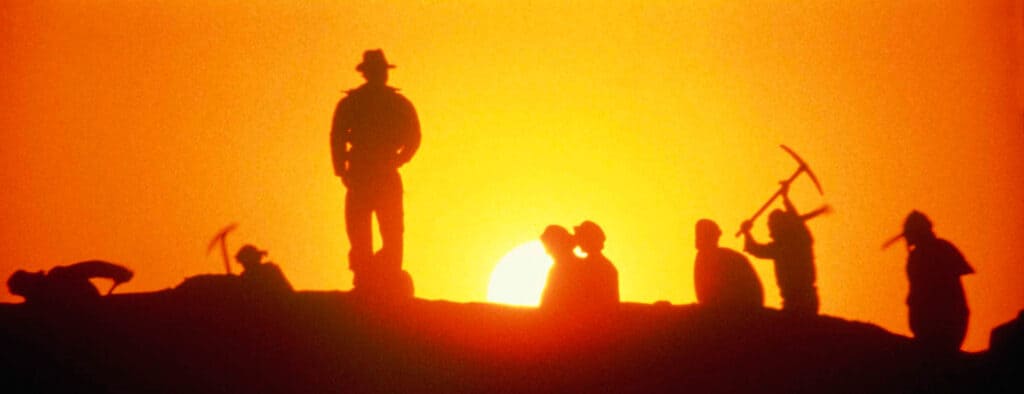
Meanwhile, Spielberg’s budget concerns increased. Delays and last-minute revisions to the script cost the team money, forcing Spielberg to reduce scenes he’d been planning for months. Imagine spending weeks training for an epic fight scene only to have the altercation shortened to a brief scuffle in the sand. Despite the brutal weather, not everyone who showed up for the film got their moment in the sun. As part of a quick change to the script, Spielberg reduced the number of workers digging for the Ark from 2,000 to 600. Money can buy many things in Hollywood, but time on a movie set comes with an intimidating price tag.
The next stop on Spielberg’s Raiders production tour was Hawaii, where the filmmaker encountered more setbacks, including wildlife fatigue, filming location substitutions, and more changes to the script. Thankfully, some improvised scenes resulted in more robust character development, including Marion using her ability to drink men under the table to disarm Belloq and concealing a weapon in her evening gown. These scenes helped demonstrate Marion’s wit and resourcefulness, making her far more than the prototypical damsel in distress.
You don’t need me to tell you that an epic hero requires a monumental score to play alongside his death-defying acts of derring-do. Lucas and Spielberg’s golden idol, John Williams, provides the music for Raiders of the Lost Ark. Williams became enchanted by the opportunity when Spielberg said the score needed to be unconventional and exciting. Knowing he could push the limits of his skills and craft a score as fearless as the film’s lion-hearted champion, Williams began writing some of the most memorable themes in cinema.
Even if you’re not a film buff, most people recognize the “Raider’s March” when they hear it. The song’s arrangement resulted from a collaborative effort between Williams and Spielberg. At the start, Williams presented Spielberg with two melodies. After hearing both tracks, Spielberg asked Williams to combine the two arrangements. The director chose the first as the central theme and the second as the bridge and alternate refrain. Both sections complimented each other perfectly, providing Indy with a rousing composition to accompany his thrilling expeditions.
Williams reworks the “Raiders March” piece multiple times throughout the film. Listening closely, you’ll hear sections of the song repurposed for other exciting scenes, including when Indy searches for Marion in a cluster of wicker baskets, the Nazi car chase, and Indy’s aircraft battle with a giant Nazi mechanic. Williams’ musical catalog is the stuff of legend, though there’s a case for Raiders of the Lost Ark being among his best efforts.
While bringing Williams aboard is one of the best decisions Spielberg could have made, allowing Ford to perform many of his own stunts is something the filmmaker regrets. At Ford’s insistence, the actor performed several of his character’s physically demanding and dangerous scenes, enduring multiple injuries throughout production. In the mostly improvised scene involving Indy’s fight with a hulking Nazi mechanic beneath a moving aircraft, poor planning of the vehicle’s path along the runway led to a wheel running over Ford’s foot. Forty crew members raced to Ford’s aid, attempting to remove the wheel before it could do any permanent damage.
This incident is one of Ford’s many altercations involving planes. In 1999, the actor and pilot needed to make an emergency landing in a river bed. In 2000, Ford’s Beechcraft Bonanza was blown off a runway. In 2015, Ford crashed his World War II-era two-seater onto the green at Penmar Golf Course in southern California. Perhaps rival relic hunters and Nazis aren’t Indy’s greatest nemesis.
To help create the film’s engaging effects, Spielberg turned to Lucas’ Industrial Light & Magic studio. Favoring practical effects over digital assets, Spielberg was hesitant about crowding Raiders of the Lost Ark with too many impractical elements. If Raiders of the Lost Ark was going to feature supernatural beings from beyond our realm, they needed to look damn good. Knowing that ILM could deliver, Spielberg trusted special effects guru Steve Gawley to create the film’s epic finale, where Belloq, Dietrich, and Toht open the Ark, revealing a nightmarish torrent of tortured spirits.
To create the effect, Gawley dressed an army of puppets in robes, submerged them in a cloudy water tank, and shot the effect in front of a blue screen. Meanwhile, a Lucasfilm receptionist swung from a suspended wire while dressed like a banshee for any close-up shots of the disturbing souls. After layering the footage with more horrific imagery, the contents of the Ark were ready to melt some faces, literally.
Often, less is more, and in the case of Raiders of the Lost Ark, Spielberg and ILM needed to pump the breaks on taking some effects too far. When it came time for Belloq, Toht, and Dietrich to die, the team needed to mask their efforts to avoid an R-rating. The Motion Picture Association of America found Belloq’s demise particularly disturbing. Belloq’s head explodes in the film as the ancient spirits swirl around him. Before the team obscured the effect with flames, Spielberg used explosives, shotguns, and air cannons to blow the villain’s head to smithereens. The mold of Belloq’s head, filled with blood bags and giblets, went everywhere, coating the set in viscous fluids and meaty chunks. The MPAA would have nothing of it without changing the film’s rating. Thus, the scene was altered, though it remains as iconic as ever.
Raiders of the Lost Ark debuted in theaters on June 12, 1981, securing the number one spot by the week’s end. The film whipped up $8.3 million in ticket sales, becoming a pure sensation. Theatergoers and critics delighted in Indy’s first adventure, with some calling the film an “instant classic.” After earning upward of $390M worldwide, the legacy of Raiders of the Lost Ark knows no bounds. Spielberg’s globe-trotting thrill ride helped launch one of Hollywood’s most influential action franchises, paving the way for four sequels, a television show, video games, action figures, LEGO sets, board games, and more.
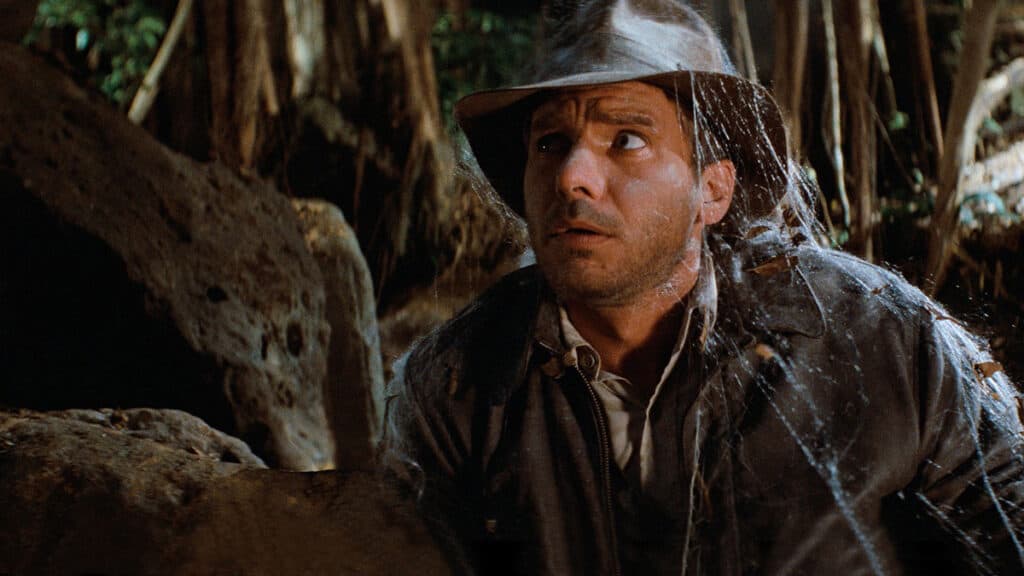
The cultural impact of the Indiana Jones franchise sits proudly alongside monolith properties like Star Wars, The Lord of the Rings, and Ghostbusters regarding fan fervor, mass appeal, and cosplay opportunities. Celebrated as a cultural touchstone in several territories, Indy is one of two characters from the film to achieve lasting appeal to the masses. Despite being uncomfortable with aspects of her character, and even lobbying for rewrites to alter her motivation throughout the adventure, Karen Allen’s Marion is seen by many women as an action icon to aspire to. Allen still receives letters and comments from fans telling her how Marion helped change the game for female heroes on the silver screen, securing her place in Hollywood’s history books as a bonafide badass.
While I refuse to rank the Indiana Jones movies before we’ve had a chance to revisit them all, it’s difficult not to marvel at the movie magic happening in Raiders of the Lost Ark. The film holds up, and it’s aged like a fine wine. I wish I had more time to dig into other aspects of this incredible film, but we’ve covered a good spread. Raiders of the Lost Ark is an innovative product of passion for filmmaking. When I hear the stories behind the film, how difficult filming conditions were, and how actors and crew soldiered through sickness and snakes, I can’t help but feel inspired. The film carries a creative anti-Nazi stance while remaining in its lane to show audiences a good time.
You can only get to movies like The Mummy, The Rundown, The Goonies, Romancing the Stone, and The Jewel of the Nile with Raiders of the Lost Ark, setting the bar for explosive action and imagination. Spielberg has given cinema many gifts throughout his storied career. Still, Raiders of the Lost Ark is a glittering jewel in the filmmaker’s ornate crown. The chemistry between Ford and Allen paves the way for romances like Rick O’Connell and Evelyn Carnahan of The Mummy fame, establishing couples that shine beyond the big screen. Raiders is the movie that keeps giving forty years after its release in theaters. With Indy returning for one last adventure in James Mangold’s Indiana Jones and the Dial of Destiny, there’s never been a better time to revisit this masterclass of action filmmaking.


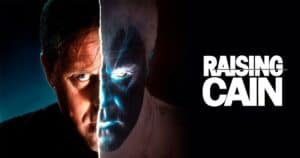
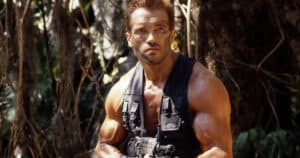
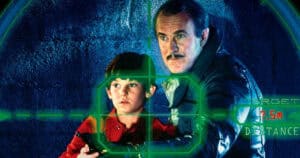

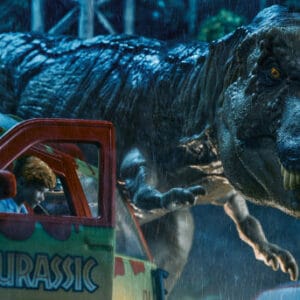
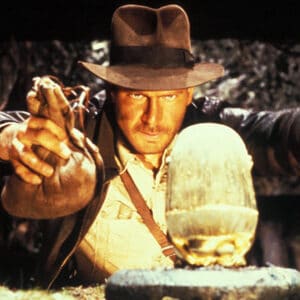
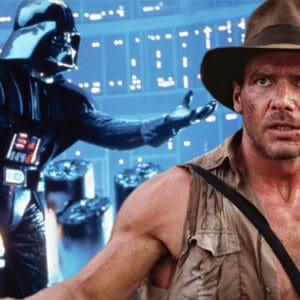
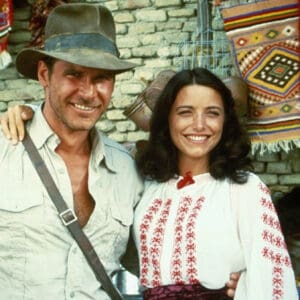
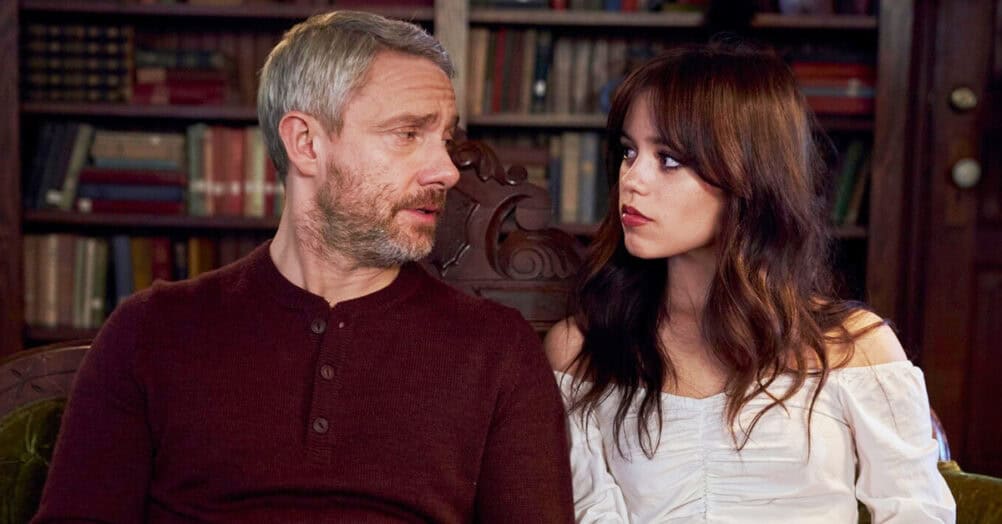
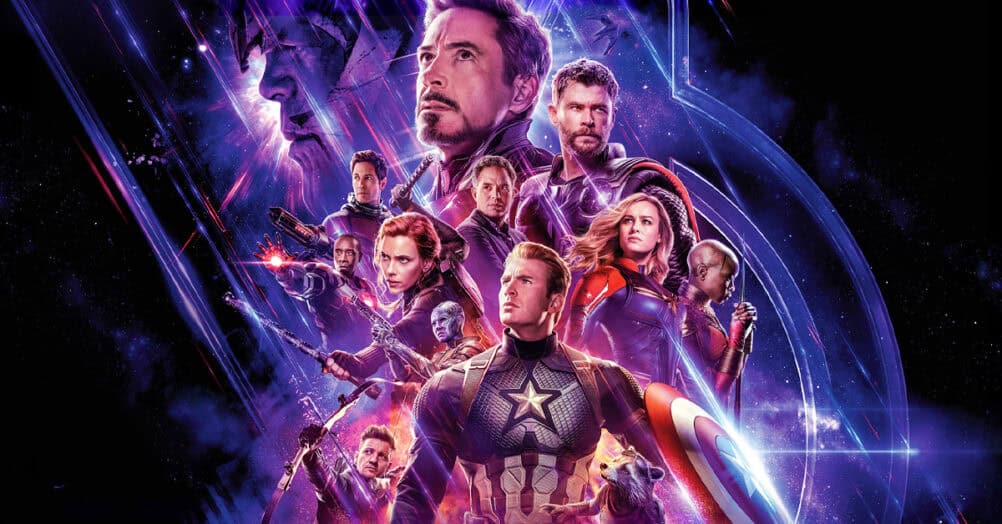
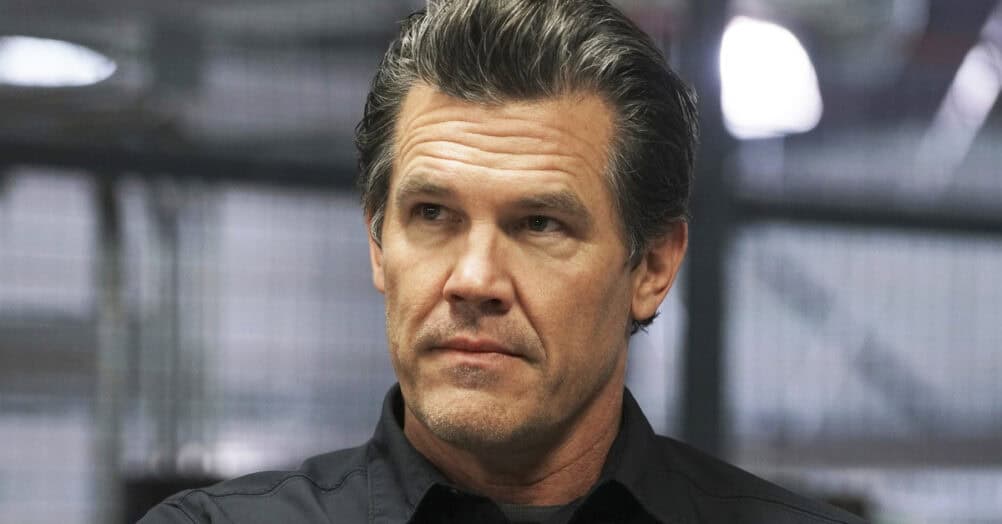
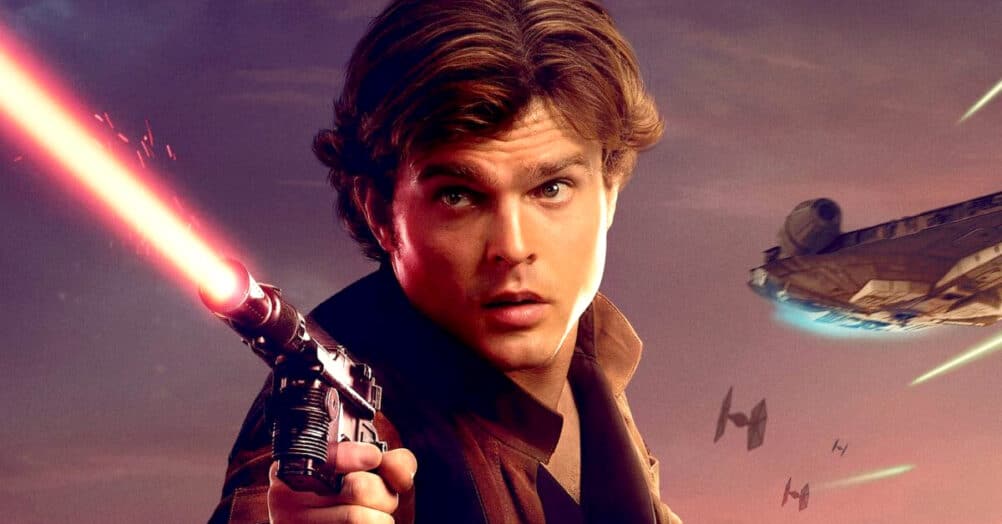
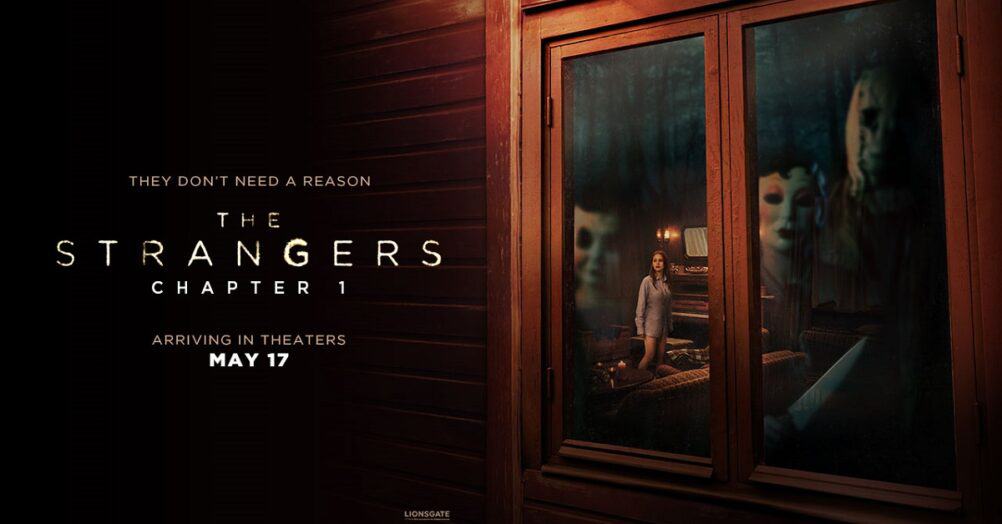
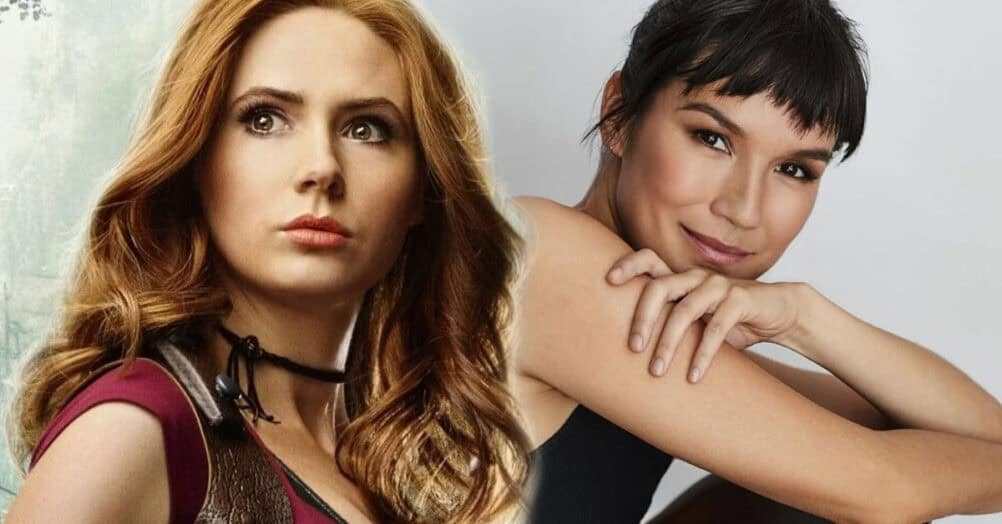
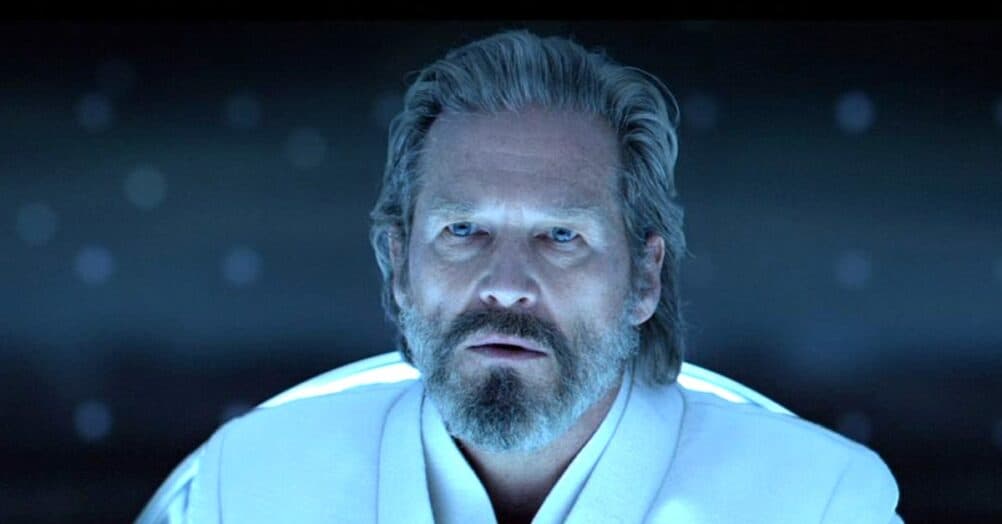
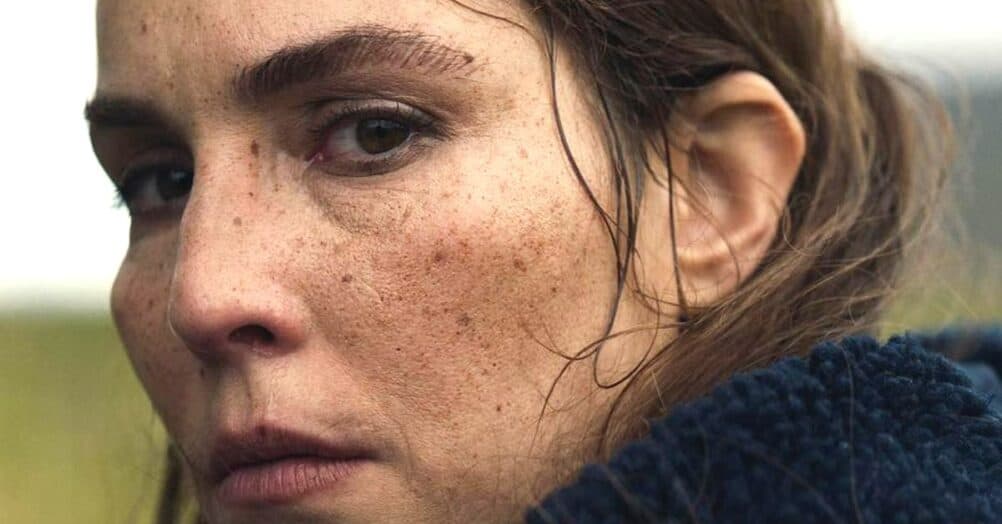
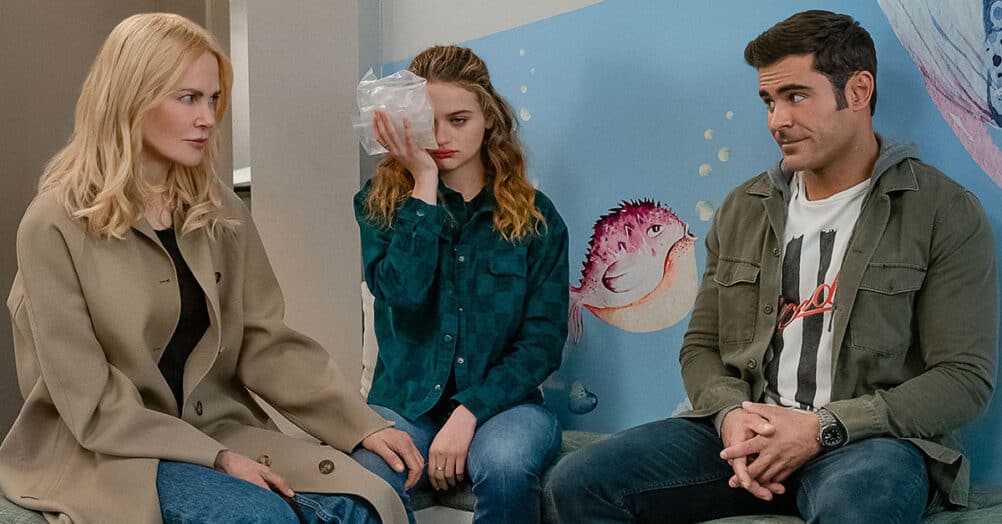
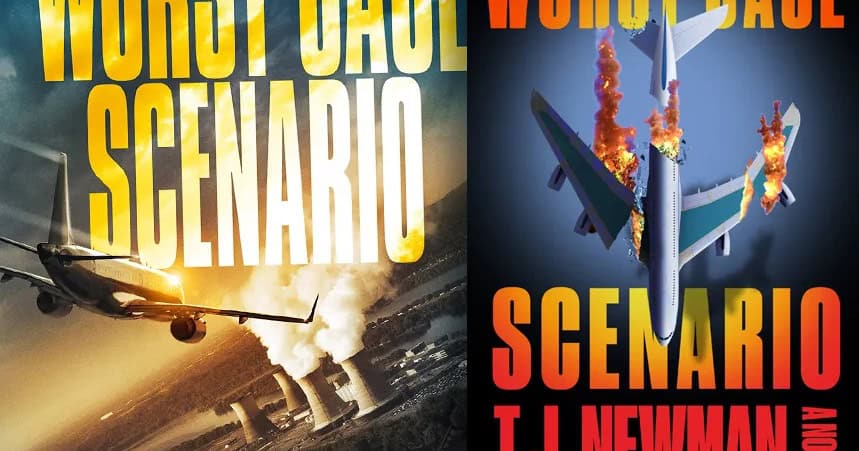
Follow the JOBLO MOVIE NETWORK
Follow us on YOUTUBE
Follow ARROW IN THE HEAD
Follow AITH on YOUTUBE